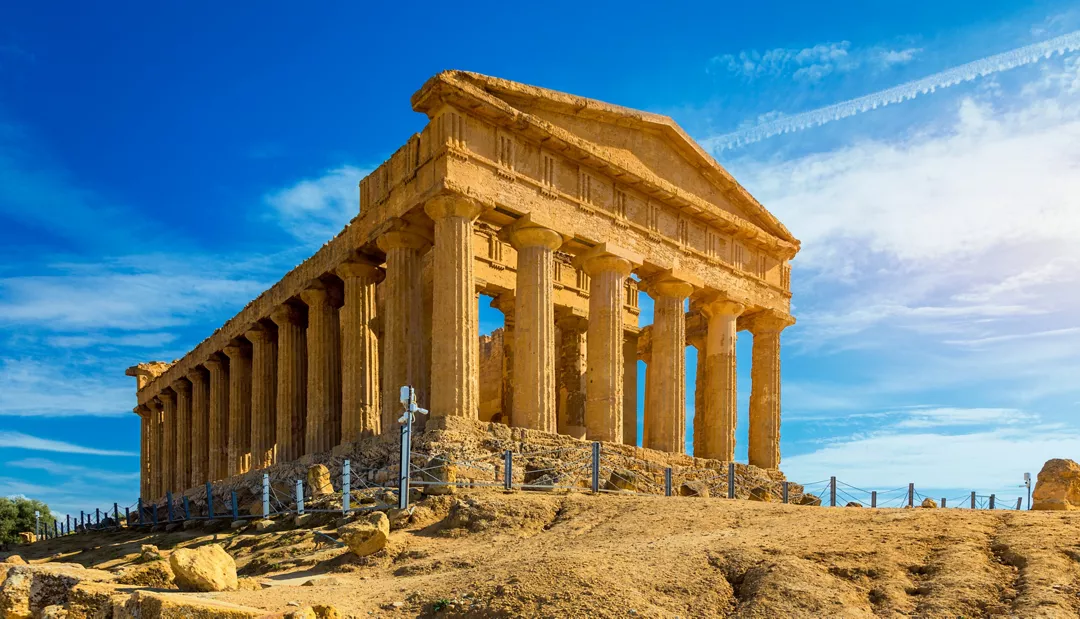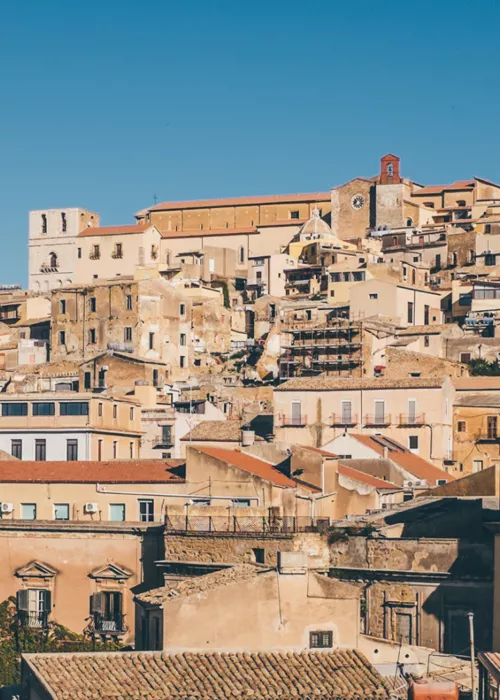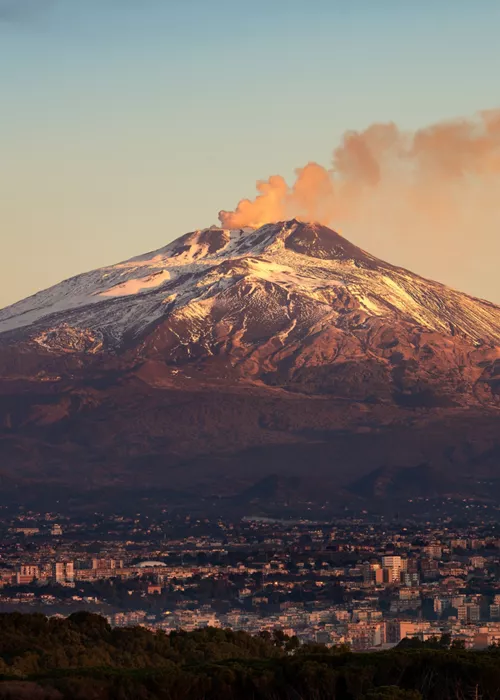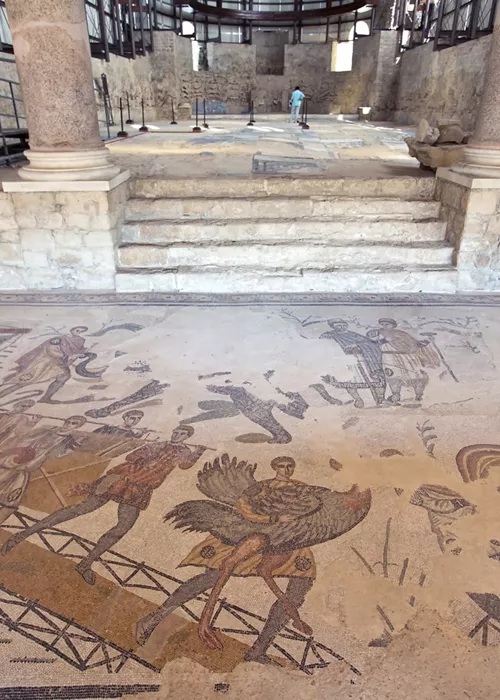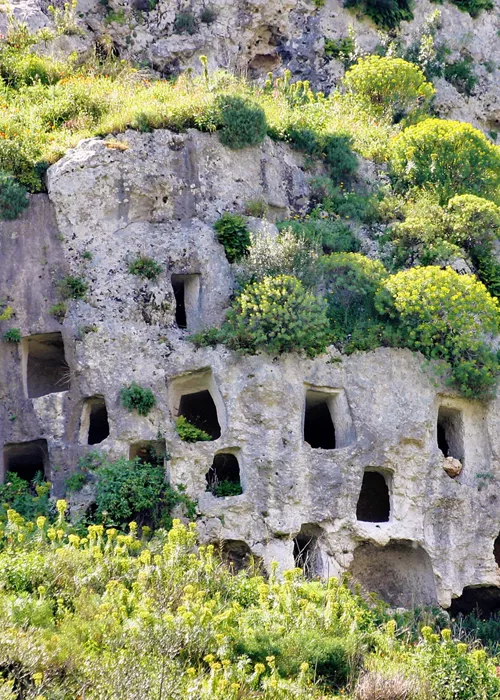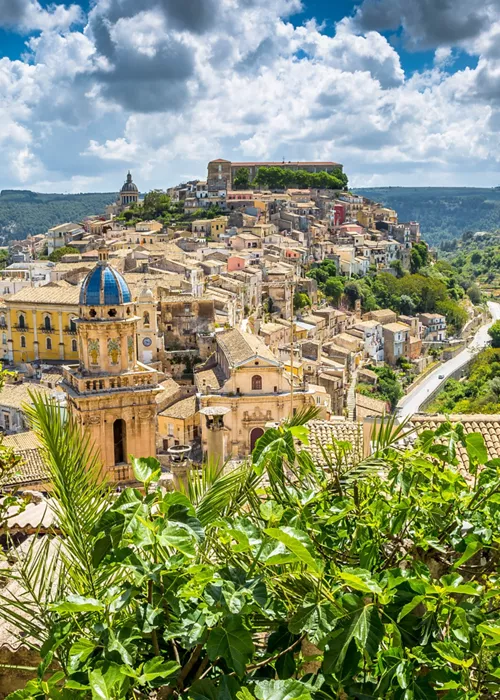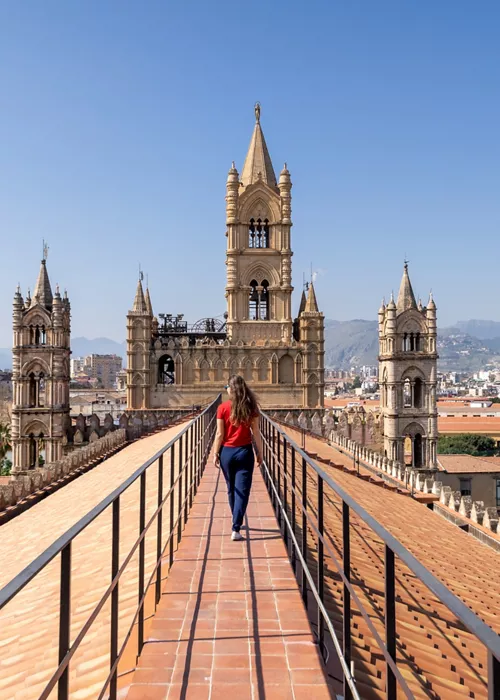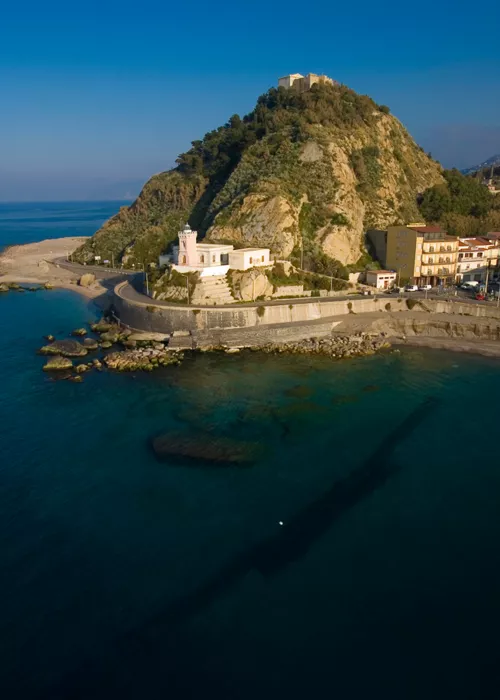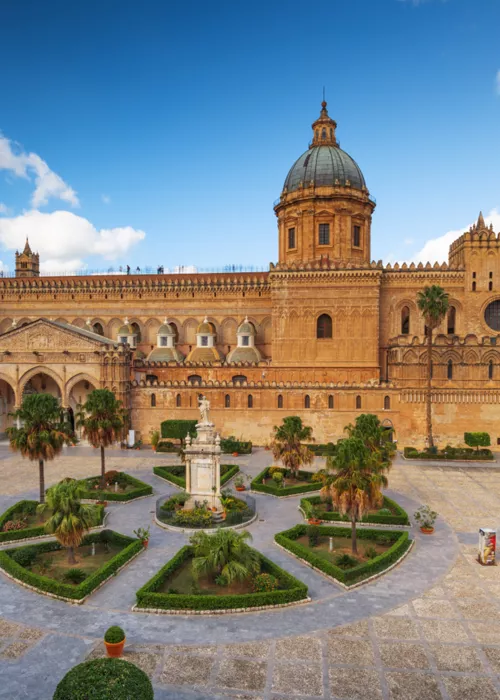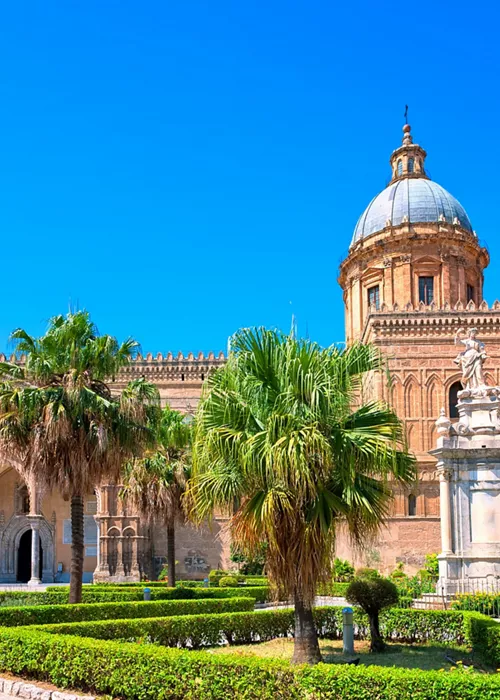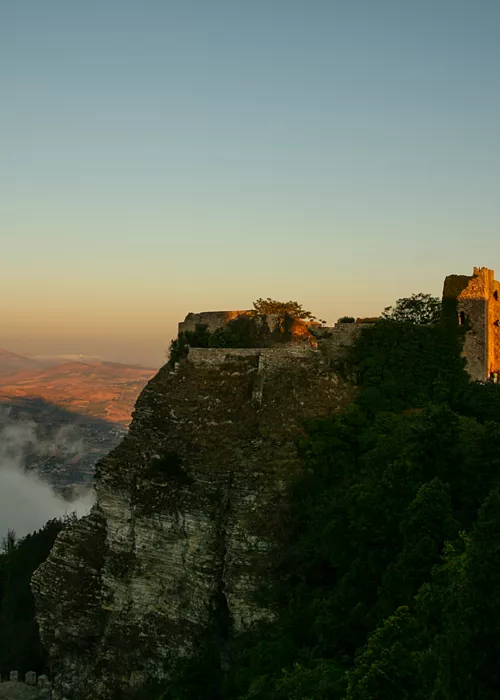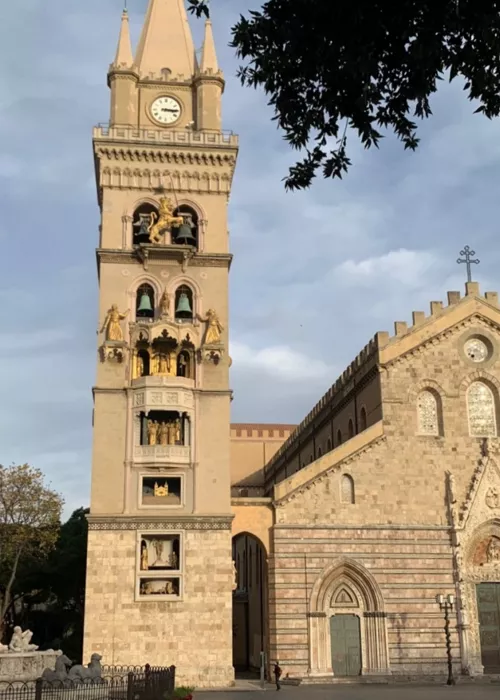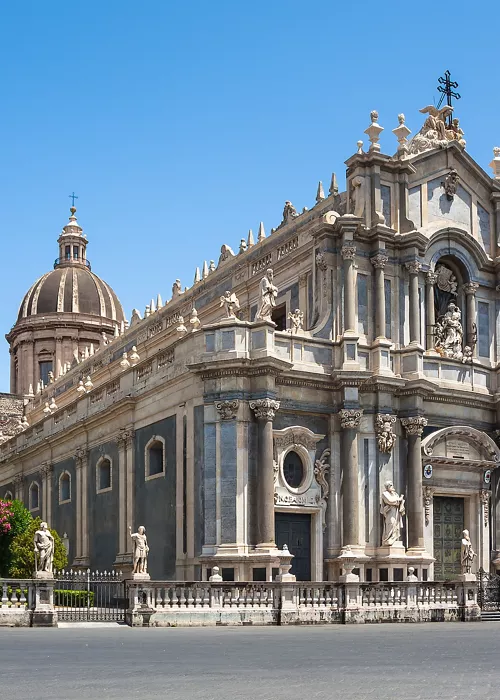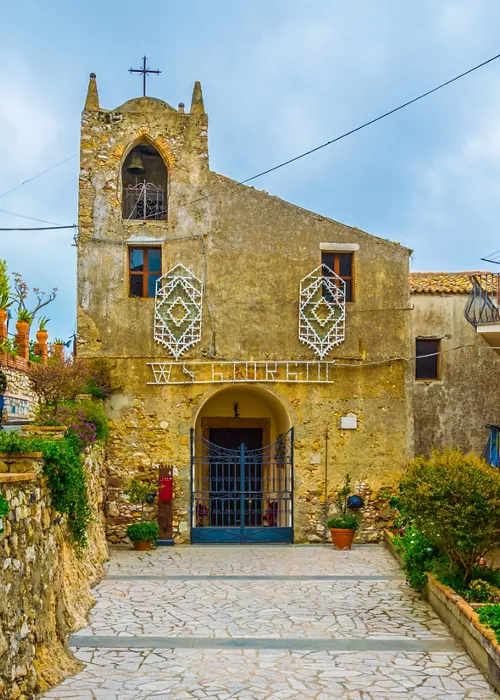The Valley of the Temples of Agrigento, an archaeological wonder in a dream setting
4 minutes
Among the largest archaeological sites in the world, the Valley of the Temples lies on the rocky ridge and is the acropolis of ancient Akragas: declared a World Heritage Site by UNESCO for its exceptional universal value, it is one of the largest and most amazing testimonies of the ancient world found on Italian territory together with the sites of Pompeii and Herculaneum.
What is it and where is the Valle dei Templi
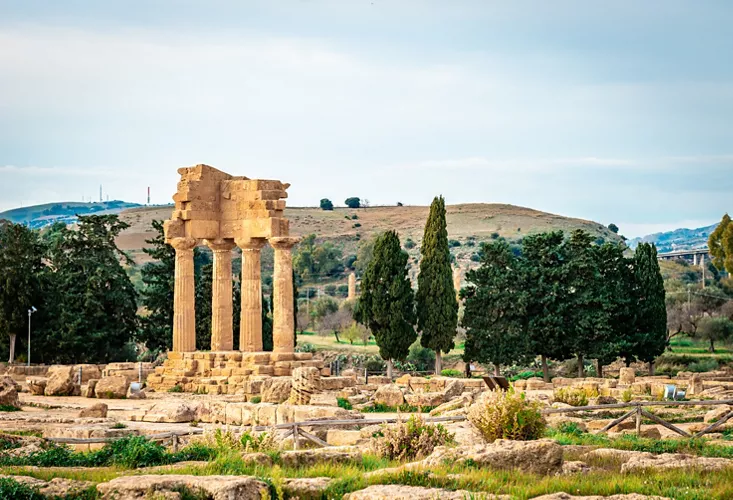
Located on a plateau not far from the sea, just a stone's throw from the town of Agrigento, the Valle dei Templi is famous throughout the world for its imposing Doric temples that constitute one of the most significant testimonies of Greek culture and art.
The Greek temples, for centuries a symbol of the city of Agrigento, are universally recognised as the most fascinating and majestic testimony that Magna Graecia has bequeathed to Sicily and to Italy as a whole.
Two examples above all: the Concord Temple and the Dioscuri Temple.
History and information on the Valle dei Templi
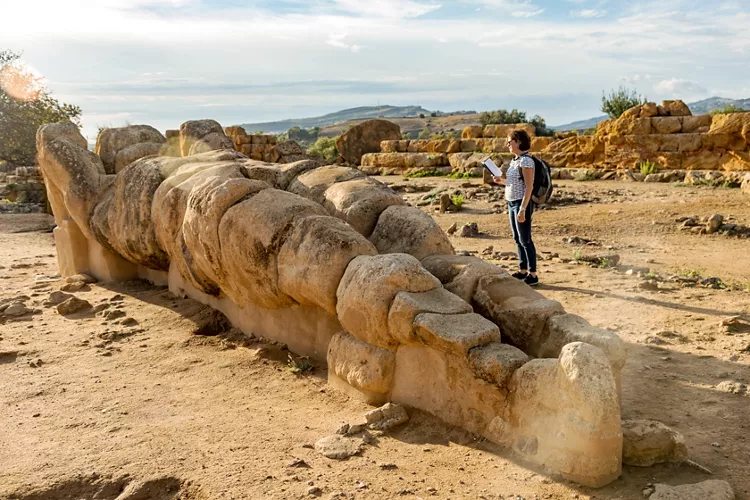
The millennial history of the Valley of the Temples began in the 6th century BC with the foundation of the ancient colony of Akragas by the inhabitants of nearby Gela and distant Rhodes. The city reached its peak in the 5th century BC, becoming one of the most important Greek colonies in Sicily also thanks to the tyrant Theron and the victory over the Carthaginians at the Battle of Himera in 480 BC. During this period, the temples that we can still admire today were built. Carthage took its revenge in 406 BC, conquering the city of Akragas which returned to shine only two centuries later with the conquest by the Romans, to whom the name change to Agrigentum is due.
Why the Valley of the Temples has become a UNESCO site
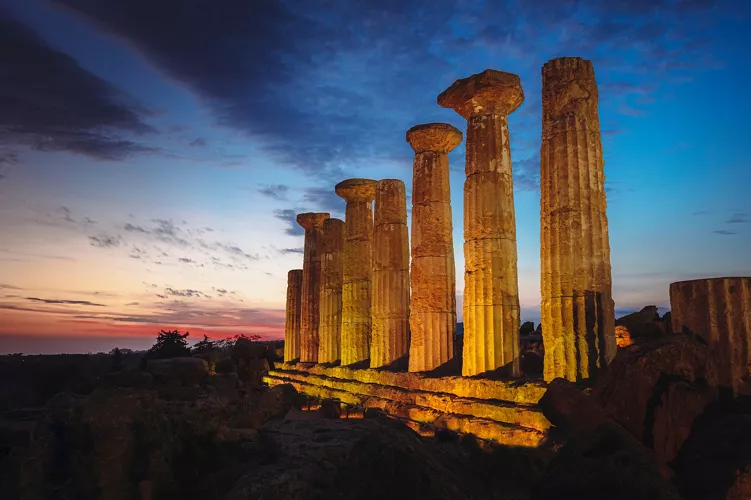
The archaeological park of Agrigento is home to the most solemn and best preserved Greek temples in Sicily, a unique testimony to how ancient Akragas was one of the largest cities in Magna Graecia.
Unesco, in recognising the Doric temple complex as one of the main examples of Greek art and culture, included the Valley of the Temples of Agrigento in the World Heritage Site in 1997 also for the conditions of exceptional integrity in which we can admire it millennia later.
What to see in the Valle dei Templi
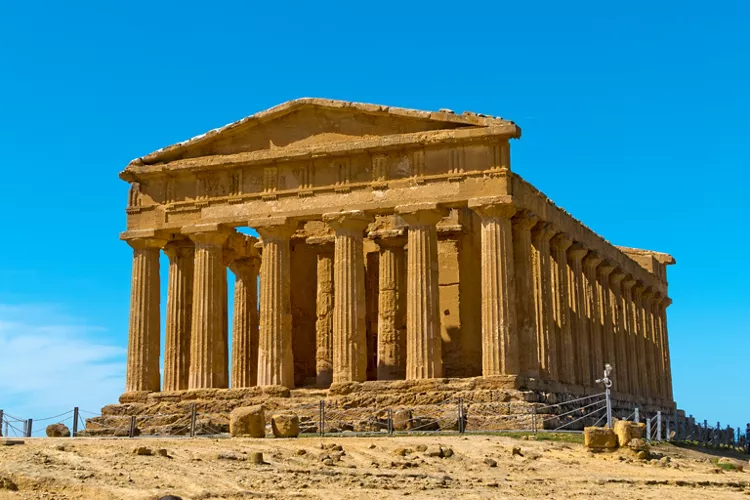
The Valley of the Temples extends for 1300 hectares in an area a few steps from Agrigento. Not all of the huge urban layout has been unearthed, hidden under the fields and olive groves that surround this wonderful area, but fear not: the masterpieces you can admire as you stroll through the valley will give you unique emotions as they did at the end of the 18th century when this magical place was rediscovered after centuries of neglect.
You have to start your visit to the Valley of the Temples from the top of the Rupe Atenea, where, in addition to enjoying a unique view of the archaeological site, you can appreciate what remains of the Temple of Demeter, incorporated into the medieval church of San Biagio. Going down along the Via Panoramica dei Templi you'll find the Temple of Juno, built around 450 BC. The majestic building has 30 columns more than 6 meters high, 16 of which have a capital.
The Concord Temple is the best-preserved Doric temple in the world together with the Parthenon and awaits you along the Via Sacra. The name by which we know it comes from a Latin inscription found in the vicinity of the temple, but to date we have no certainty about the god to whom it was dedicated. The excellent state of conservation allows you to admire its 78 columns, together with the imposing pediment and the tympanum. In the 6th century BC, Bishop Gregory decided to convert it into a Christian church, sparing it from the looting that was reserved for other structures on the site. (added) Its most evocative image is that of the night, when it emerges from the darkness thanks to a well-studied lighting.
The Heracles Temple is the oldest of the Agrigentine temples, built at the end of the 6th century BC and mentioned by Cicero in the IV Verrina. Of the 38 original columns, only eight remain, reconstructed in the twentieth century by putting together, element by element, the original pieces found in the area. Just below, you can see the so-called Tomb of Theron, a Roman-era sepulchral monument erroneously attributed to the ancient tyrant of Akragas.
The Temple of Zeus, the third largest in ancient Greece, was built to celebrate the victory at the battle of Himera in 480 BC and was characterized by the presence of "telamons", gigantic statues 8 metres high of which you can find an example lying right next to the ruins. The original can actually be seen in all its splendour in the Pietro Griffo Regional Archaeological Museum of Agrigento along with other finds from ancient Akragas.
Among the last buildings preserved in the Valley of the Temples is the symbol of the city of Agrigento, the Dioscuri Temple, four columns supporting an edge of the entablature and which are the result of a nineteenth-century reconstruction, made with pieces from different eras found in the area.

